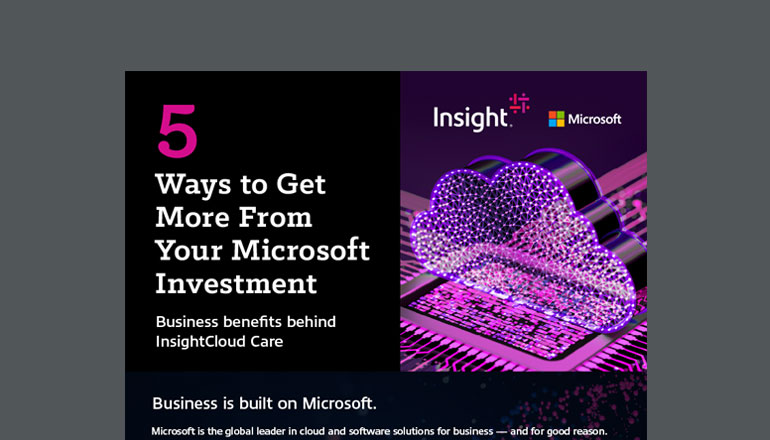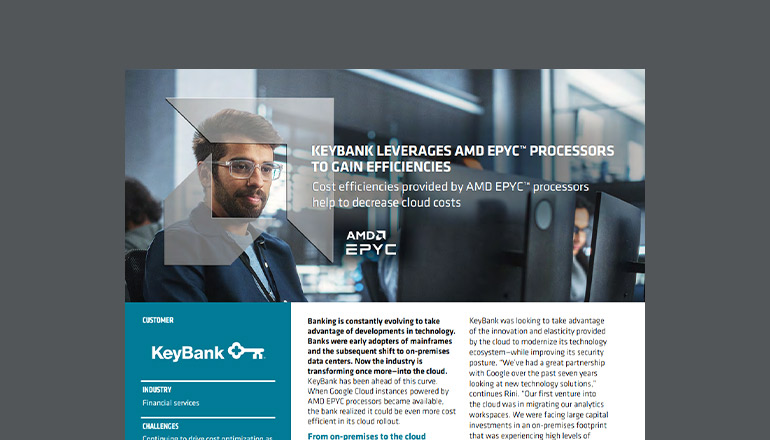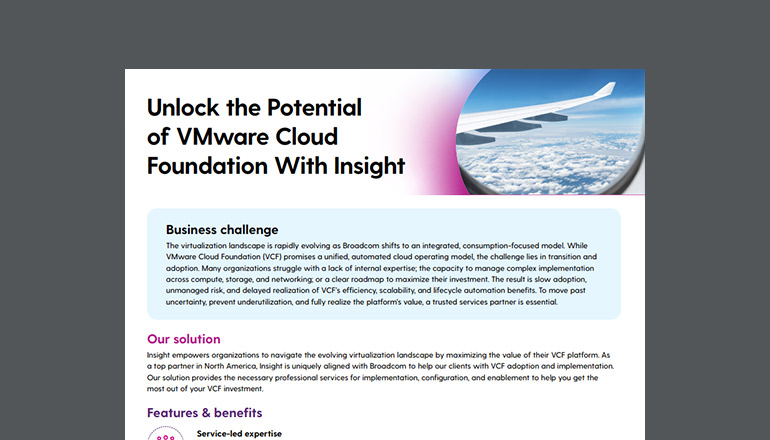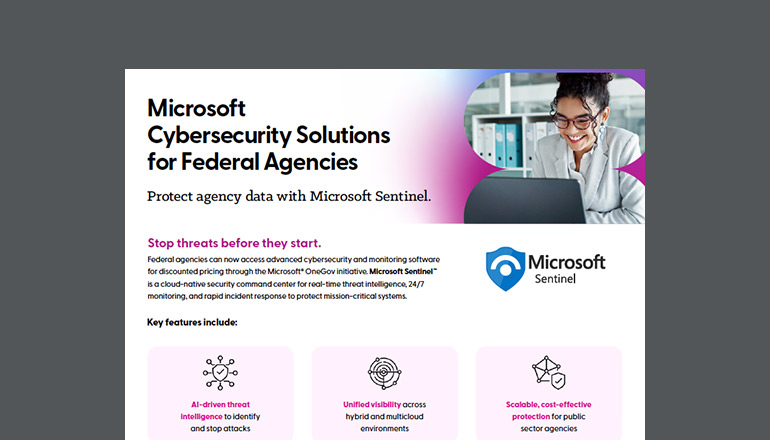Infographic text included for screen readers:
7 Key Microsoft Azure Myths: Debunked
Get the facts. Dispel key myths about Azure®, Linux and open source software to make informed decisions about your infrastructure.
Cloud adoption offers businesses agility, quicker innovation and greater cost efficiencies. It’s easy to understand why organizations are migrating to the ever-expanding set of cloud services within Microsoft® Azure.
However, some organizations are apprehensive about migrating to Azure if they believe it will clash with their Linux® system.
The fact is, Azure fully supports Linux.
According to Microsoft, more than 40% of Azure Virtual Machines (VMs) are running Linux and 60% of solutions in the Azure marketplace are Linux based.1
Myth:
Microsoft Azure doesn’t fully support open source software.
Truth:
Azure is compatible with a wide range of open source operating systems.
Open source on Azure extends a business’s cloud investment. And cloud customers are starting to recognize that. According to IDC, Linux had 68% of the operating system market share in 2017 and has only increased since then.2 Native Azure services are often running on Linux and Microsoft is building more of these services. For example, Azure's Software Defined Network (SDN) is based on Linux.
Myth:
Using Microsoft Azure means committing to Windows® Server.
Truth:
Linux usage on Azure has surpassed Windows Server. The Azure hybrid cloud platform gives organizations the flexibility to run workloads inside on-premises data centers, in the cloud or using a hybrid infrastructure. Enterprise users can also move between on-premises and the cloud.
Myth:
Microsoft Azure isn’t an industry leader in innovation.
Truth:
The Gartner Magic Quadrant report designates Azure as an industry leader in both Infrastructure as a Service (IaaS) and Platform as a Service (PaaS) cloud offerings. Microsoft is constantly adding more Azure platform enhancements to keep Azure at the forefront of innovation capabilities
Myth:
Azure cloud management is difficult.
Truth:
Azure’s interface and User Experience (UX) are designed to mirror Office 365® to promote a simple and intuitive user experience. Microsoft offers several classroom and virtual instructor-led training courses to provide hands-on training to help you master Azure. Microsoft also offers certifications at the beginner, associate and expert level.
Myth:
Cloud computing with Azure leaves organizations open to security or compliance vulnerabilities.
Truth:
Microsoft uses an aggregation of physical, infrastructure and operational controls to help secure Azure. There are additional actions available to users should they find the need to take ancillary security measures. The Azure Security Center offers continuous security-health monitoring for an organization’s entire cloud environment, including cloud and on-premises infrastructures.
Myth:
Businesses running legacy cloud software and applications aren’t interested in Azure.
Truth:
The Microsoft Azure partner ecosystem provides a wealth of software applications and add-ons, many of which compliment Azure’s native tool sets. This means users can run their existing solutions such as F5®, Palo Alto Networks®,, Trend Micro™ and McAfee® within Azure to bolster Azure’s existing features.
Myth:
You must manage your cloud environment on you own.
Truth:
Opting to partner with an experienced IT solutions organization to support your migration and IT goals offers key business benefits. For example, Insight is a Microsoft Azure Circle Partner. Our dedicated team of global Azure architects and consultants are trained in connectivity, networking and security, and identity and access management to help businesses migrate to Azure. Organizations that choose to partner with an IT solutions provider are more likely to see long-term cost savings, get custom and integrated service and achieve a robust infrastructure.
Sources
1 Gandhe, S. (2017, Oct. 31) Microsoft: 40 percent of VMs hosted on Azure are powered by Linux, Neowin.net
2 Belanger, S. Nadkarni, A. (2017) IDC: Worldwide Operating Systems and Subsystems Market Shares: A Market Rebounds and Is Poised for Strong Gains








